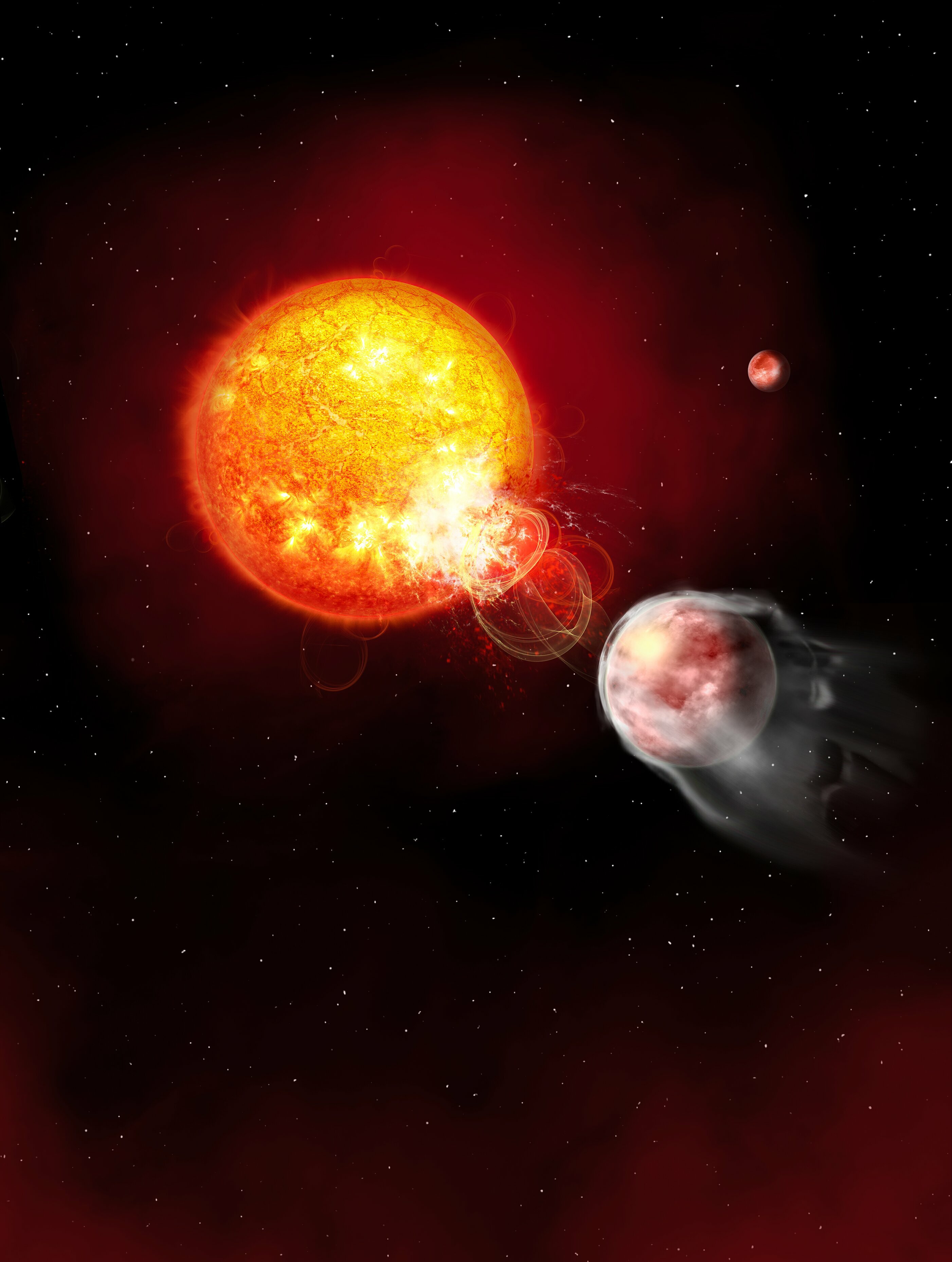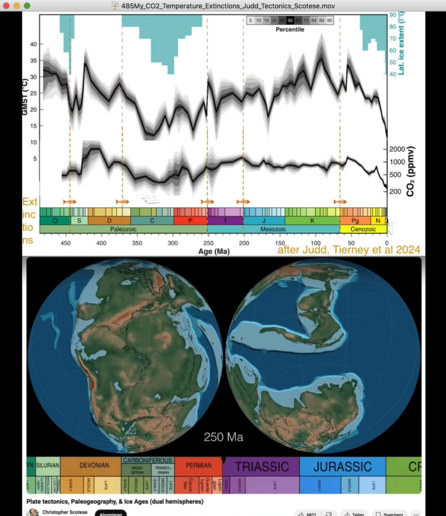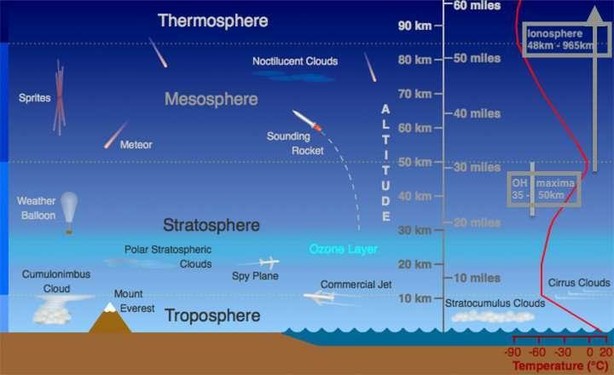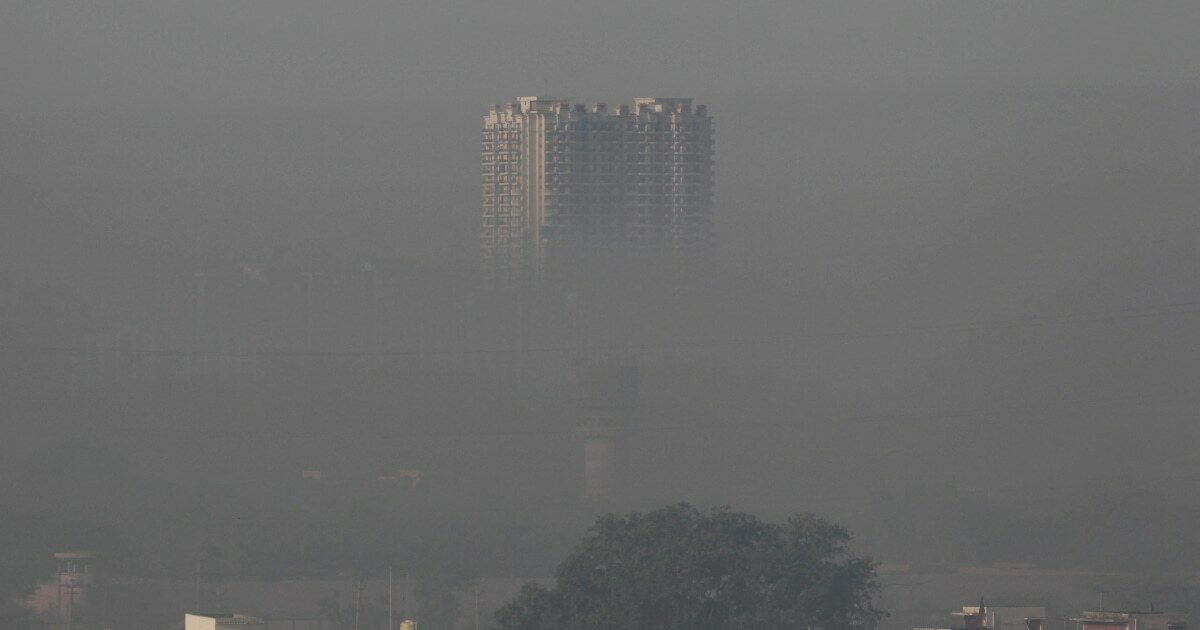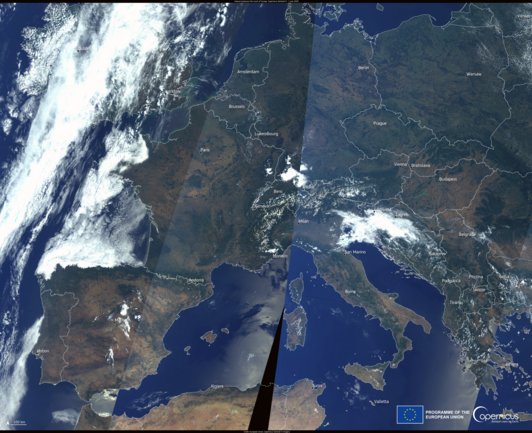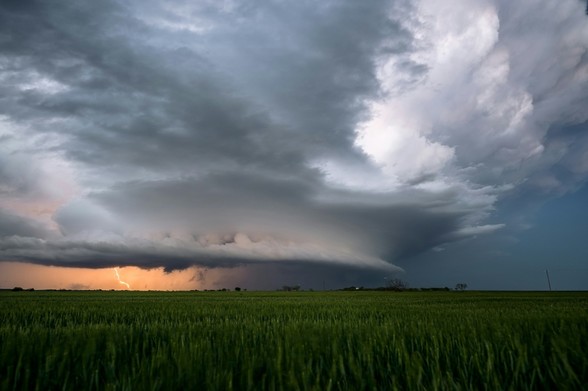A new paper argues that tropical forests 252Ma (million years ago) got eliminated and this elimination caused Earth to cross a #climate tipping point.
From the Introduction: "The latest Permian to Early Triassic was a period of intense environmental and biotic stress. During the Permian–Triassic Mass Extinction (PTME) at ~252 Ma, around 81–94% of marine invertebrate species and 89% of terrestrial tetrapod genera became extinct. It is generally agreed that the PTME was driven by volcanogenic carbon emissions from Siberian Traps volcanism, potentially coupled with additional thermogenic releases, resulting in intense greenhouse warming."
https://www.nature.com/articles/s41467-025-60396-y "Early Triassic super-greenhouse climate driven by vegetation collapse" by Zhen Xu et al 2025
Pic 1 shows the Earth system configuration at 250Ma (a different planet so don't try to apply their findings to today's Earth )
)
Judd, Tierney's CO2 and temperature evolution go separate ways at 250Ma.
CO2 concentration directly after the mass extinction event is badly constraint, uncertainty spans from 2000 down to 200ppm.
This large uncertainty makes it indeed possible that "intense greenhouse warming" followed the mass extinction at 250Ma. But the uncertainty span also allows the hypothesis that GHG were not responsible for the temperature rise 250Ma, and that there was no "super-greenhouse climate" nor "driven by vegetation collapse".
What then?
I am reminded of https://www.nature.com/articles/s41550-024-02279-8 "A possible direct exposure of the Earth to the cold dense interstellar medium 2–3 Myr ago" by Opher et al 2024.
This study, and a few others published by the same team last year, took the software #Gaia by ESA and saw that our solar system was visited by – or travelled through – a cloud of hydrogen in that time, precisely 4 million years ago to ~700 thousand years ago.
Their paper comes with an interactive app to see when it started and ended https://faun.rc.fas.harvard.edu/czucker/Paper_Figures/Interactive_LxCC.html
At 2.7Ma, the cloud was so dense that it shrank the heliosphere which otherwise protects Earth from cosmic radiation.
Further more, the cloud's hydrogen destroys Earth's ozone layer in the stratosphere and in the mesosphere.
A destroyed ozone layer causes mutations in organisms, eg. cancers, and increases insolation = heats up the planet.
Above the stratosphere is the earth's washing machine where OH radicals bomb #methane molecules and other gases to bits.
I don't know how the abundance of OH radicals is affected by increased exposure to cosmic rays. I only mention it as a potential additional factor for temperature evolution during a cloud traversal.
"Polar mesospheric ozone becomes significantly depleted, but the total ozone column broadly increases. Furthermore, we show that the densest NLCs lessen the amount of sunlight reaching the surface instantaneously by up to 7% while halving outgoing longwave radiation." from https://agupubs.onlinelibrary.wiley.com/doi/full/10.1029/2024GL110174 "Earth's Mesosphere During Possible Encounters With Massive Interstellar Clouds 2 and 7 Million Years Ago" by Miller, Opher et al 2024 (same team as above).
More Ozone in the total column = more heating (as opposed to ozone in the stratosphere/mesosphere where it serves as coolant by deflecting sunlight back into space).
"Halving outgoing longwave radiation" by NLC= noctilucent clouds (see pic 2) is also a warming factor.
Now, maybe this hydrogen cloud was a small one which affected our sun's #heliosphere from 4 million years ago to 700thousand years ago.
Maybe, the galactic region through which our #SolarSystem hurls is also home to larger clouds, and maybe, 250Ma our sun and Earth encountered such a larger one.
Large enough to have enough time to raise temperature by 10°C for a couple million years – in that particular Earth land-oceans-biomes configuration in 250Ma.
And maybe, this was also just when lotsa radioactive stuff from a #supernova happened to fly through space as well.
Which then added to the mutations from the vanished ozone layer.
=Mass extinction.
Radioactive stuff from supernovae is found in Earth crust as 60Fe and 244Pu. They have half-lives of 2.62mio and 8mio years respectively.
And indeed, their abundance increases during the period of the most recent known "Gaia cloud" traversal:
"Our results show that the 60Fe signal onset occurs around 2.6 Ma to 2.8 Ma, near the lower Pleistocene boundary, terminates around 1.7 Ma, and peaks at about 2.2 Ma." https://www.pnas.org/doi/abs/10.1073/pnas.1601040113 "Time-resolved 2-million-year-old supernova activity discovered in Earth’s microfossil record" by Ludwig et al 2016.
Sadly, these half lives are too short to use as proxy for a potential cloud traversal in 250Ma.
But maybe, #astrophysics can think of a similar proxy and #geology can search for it?








